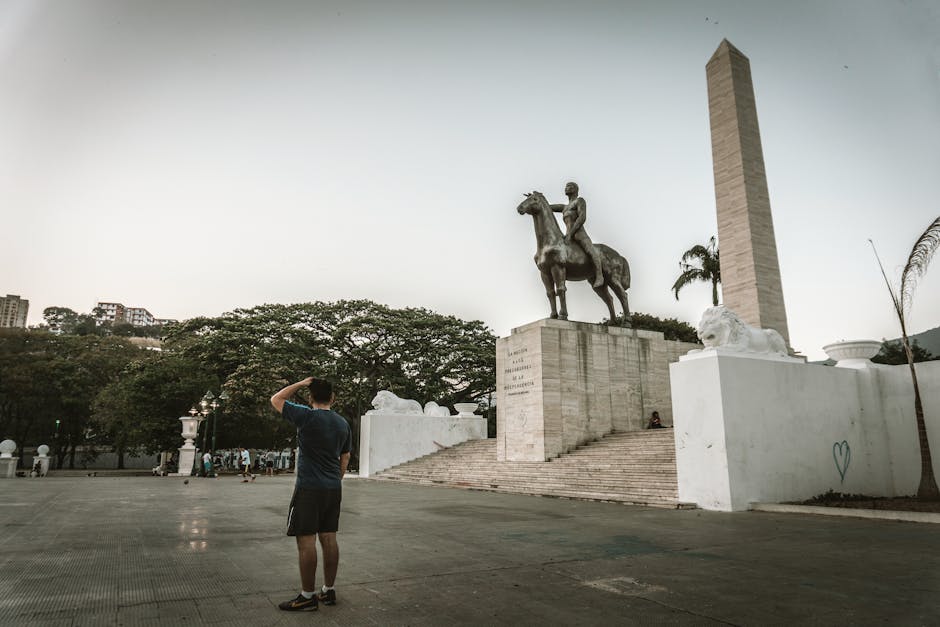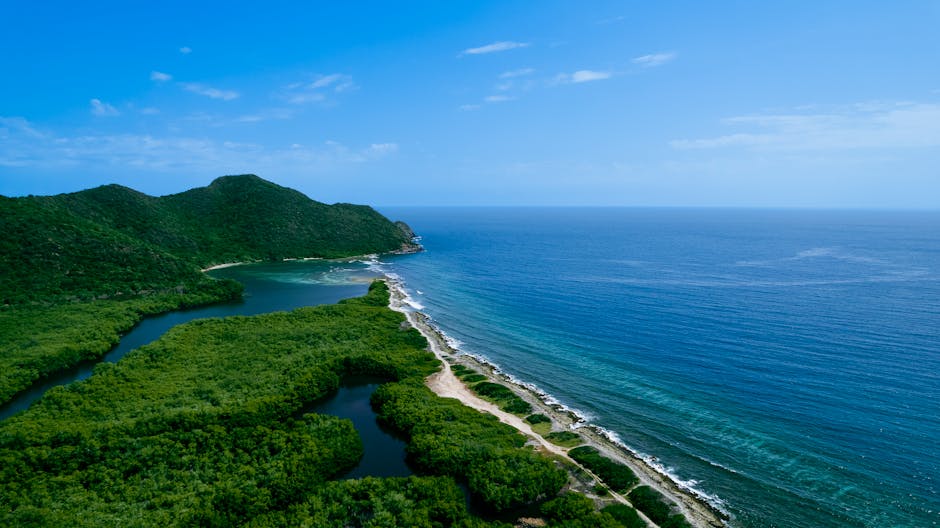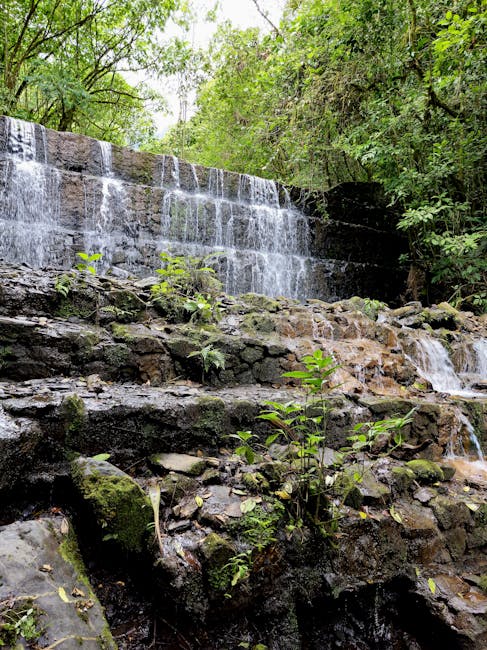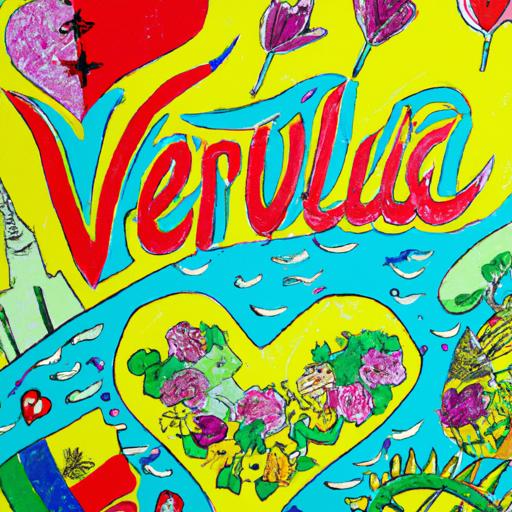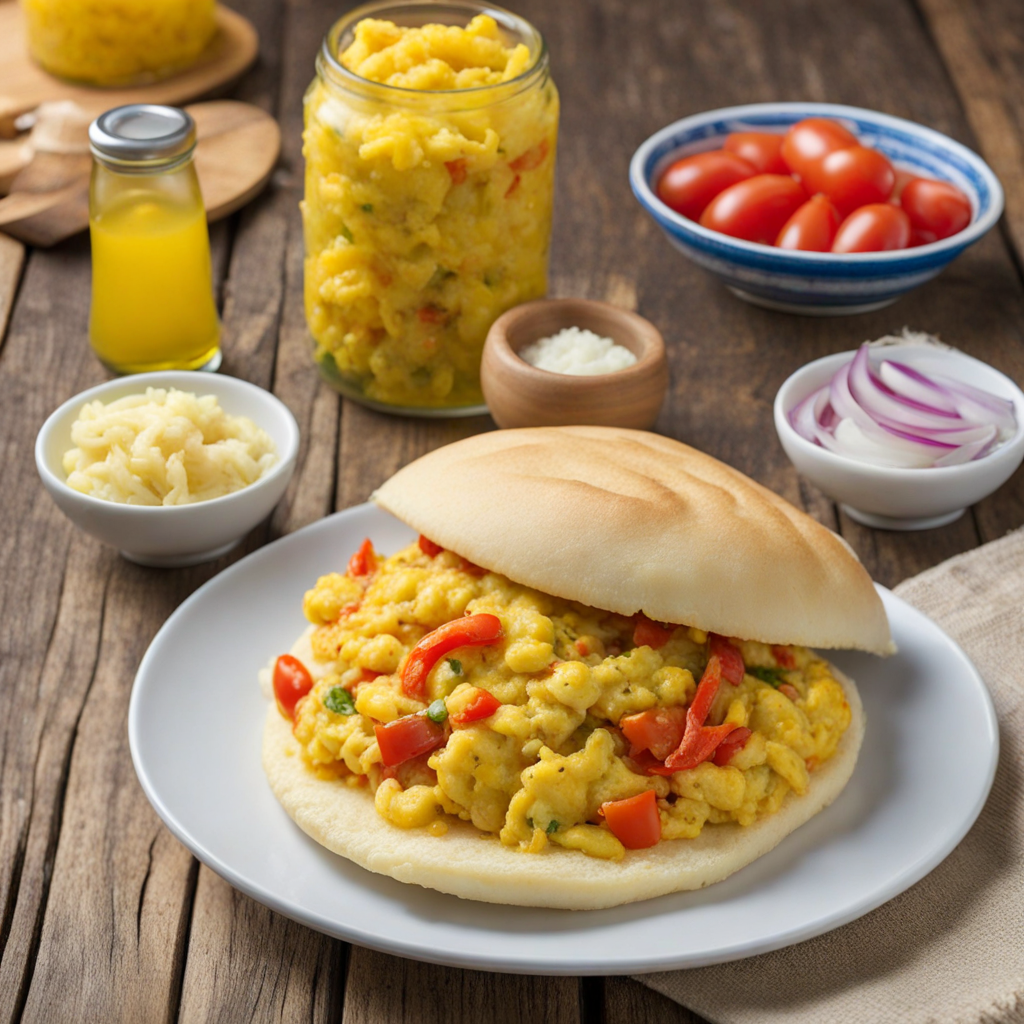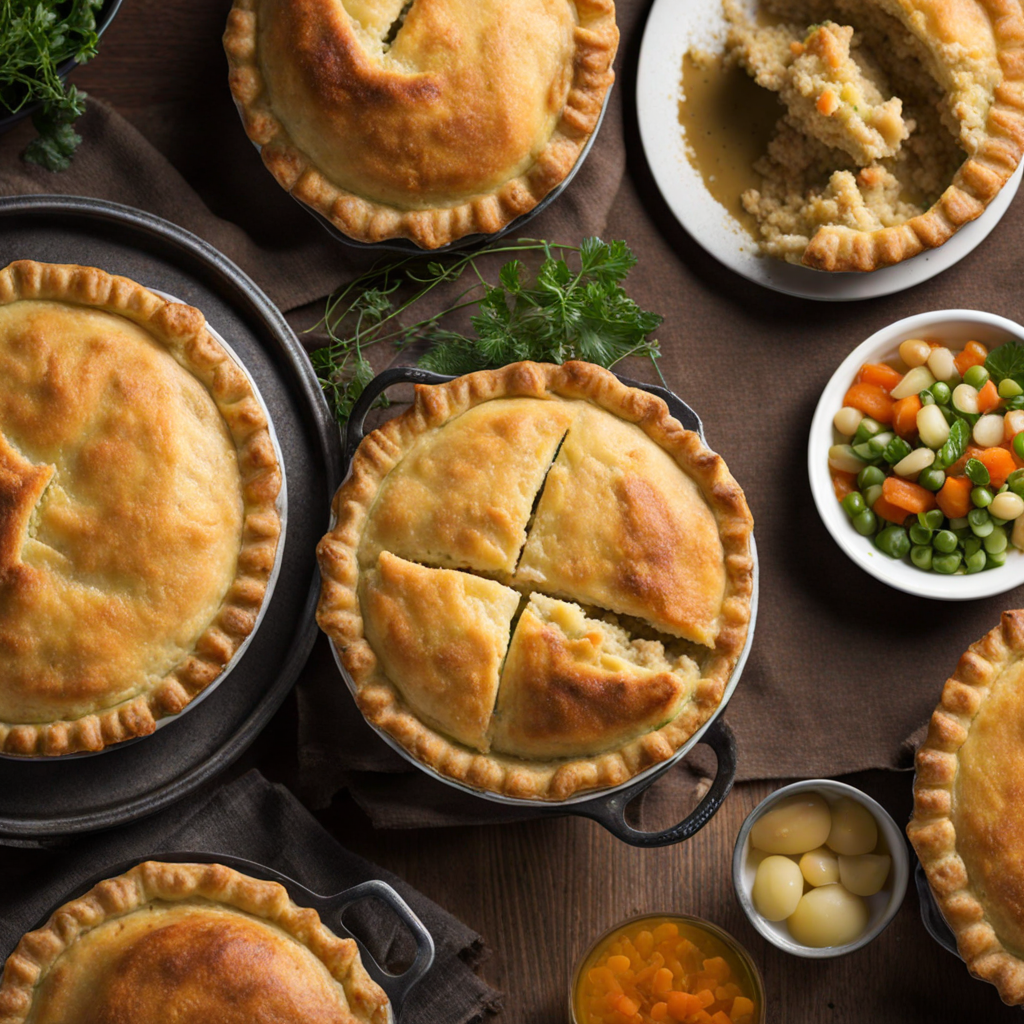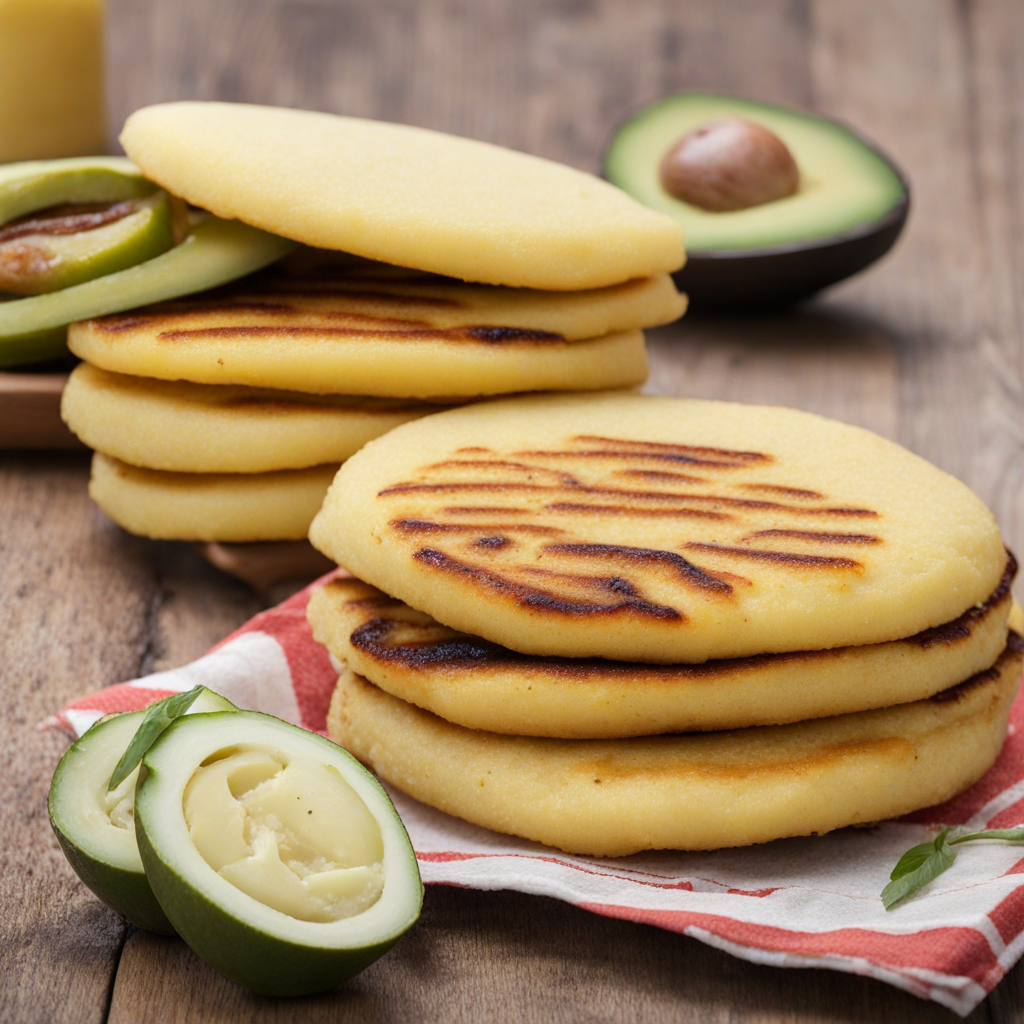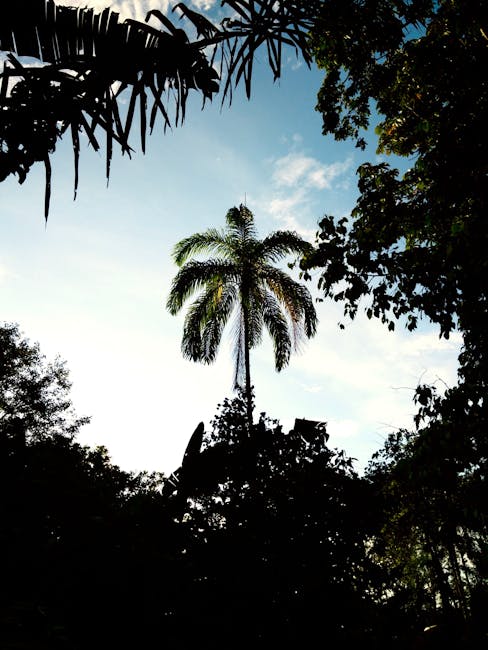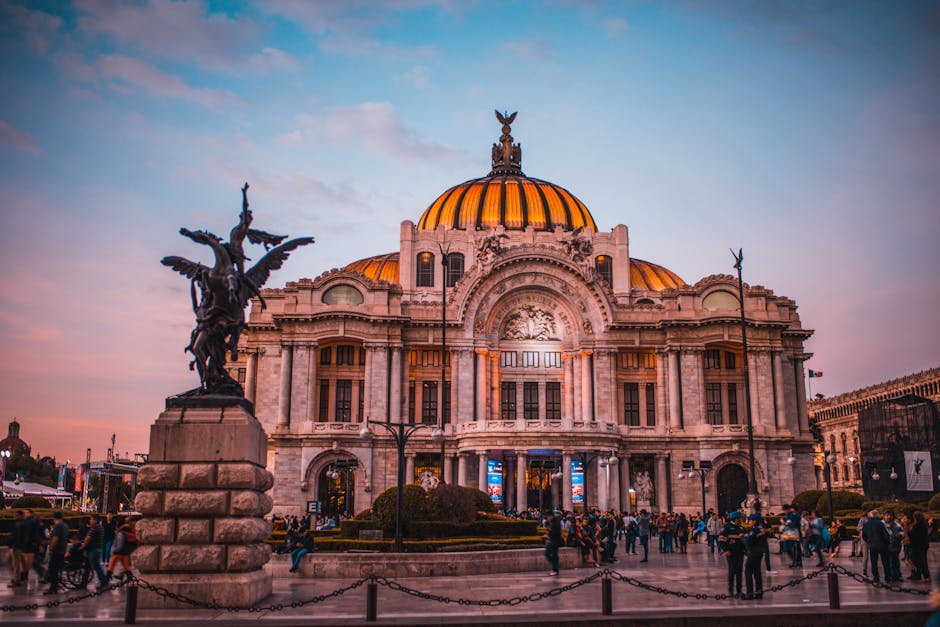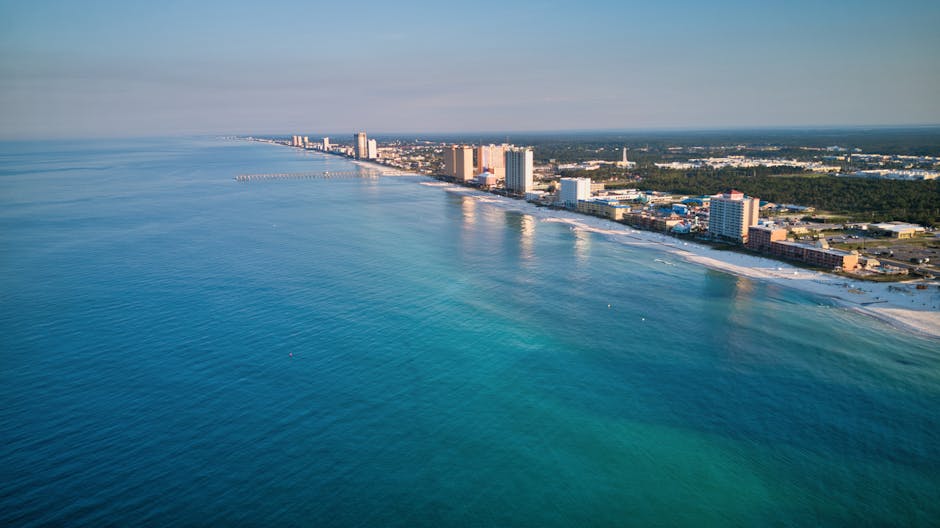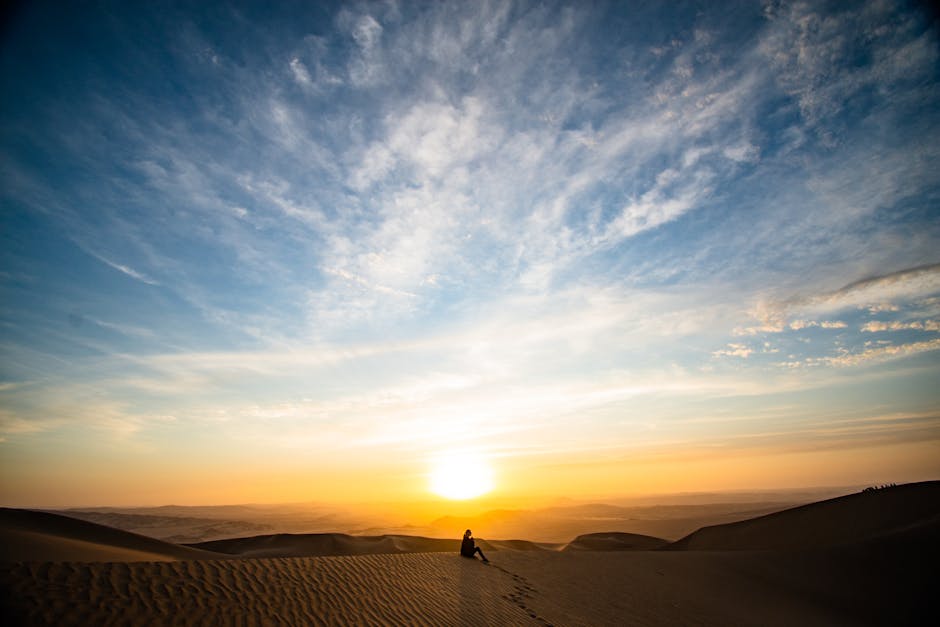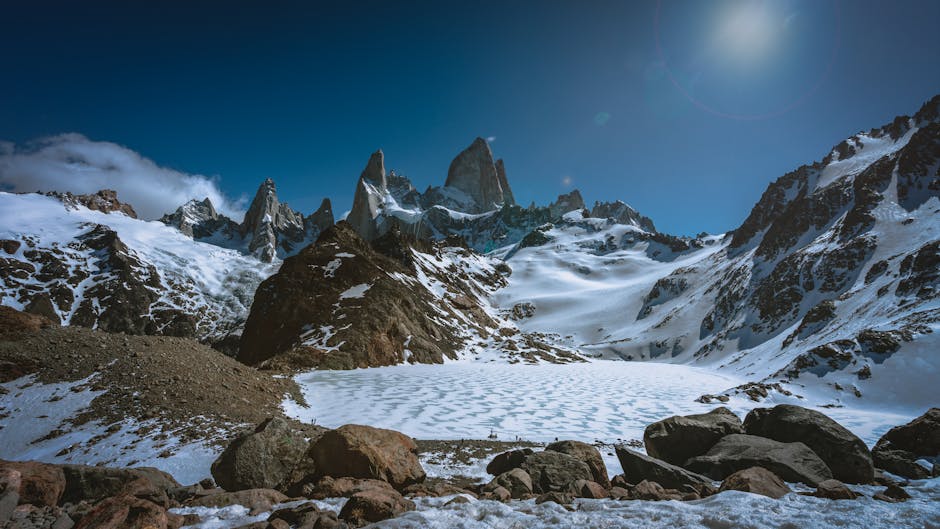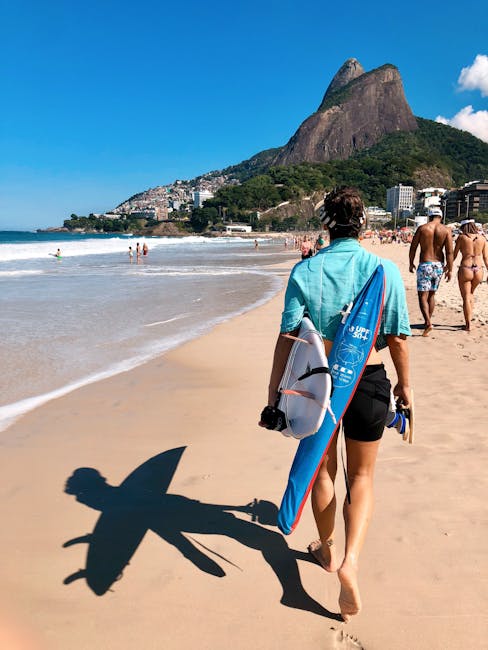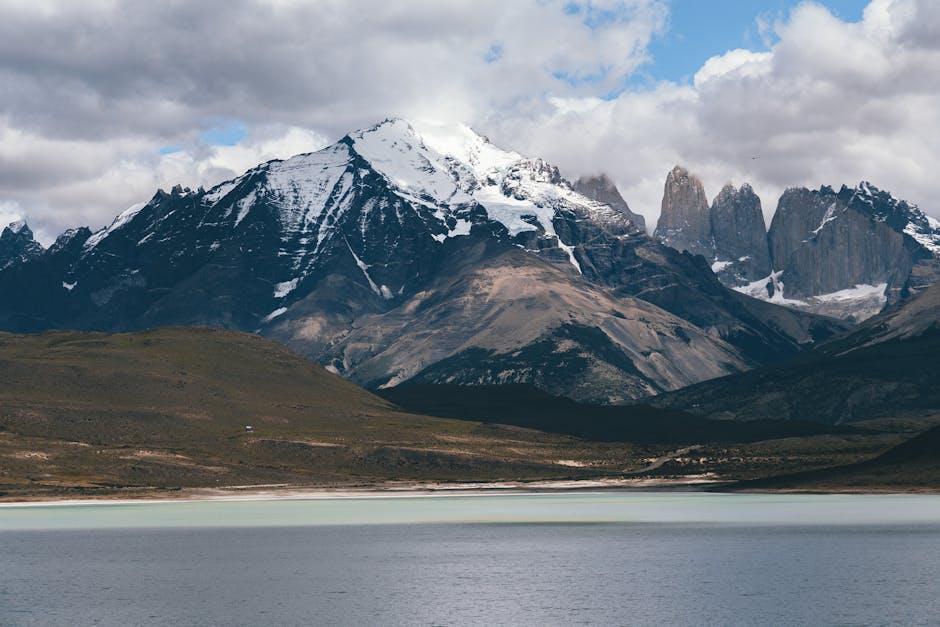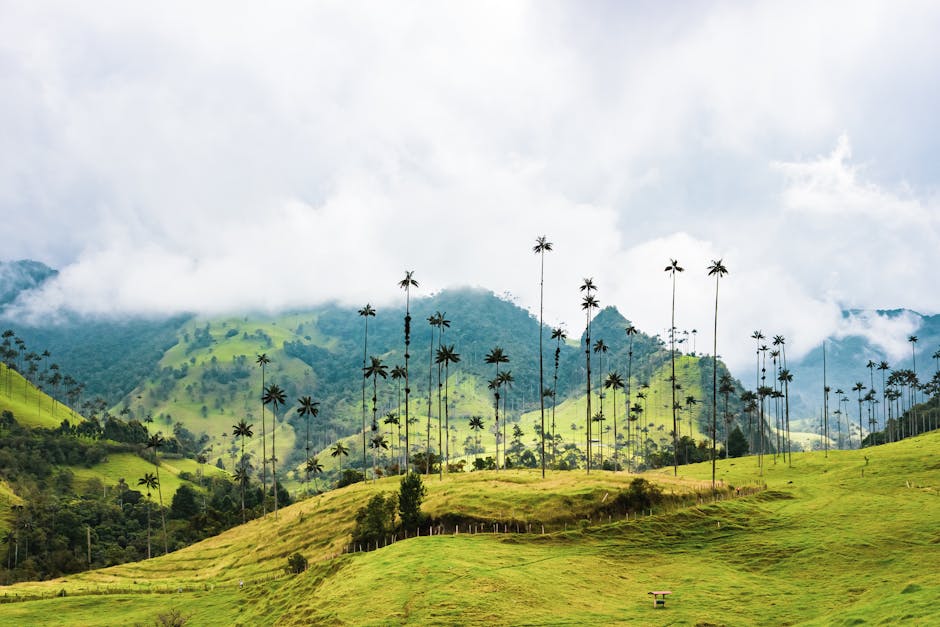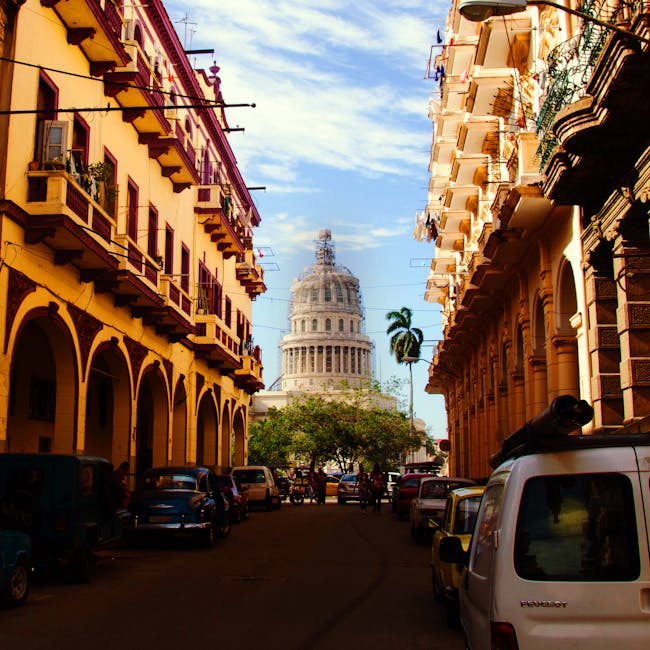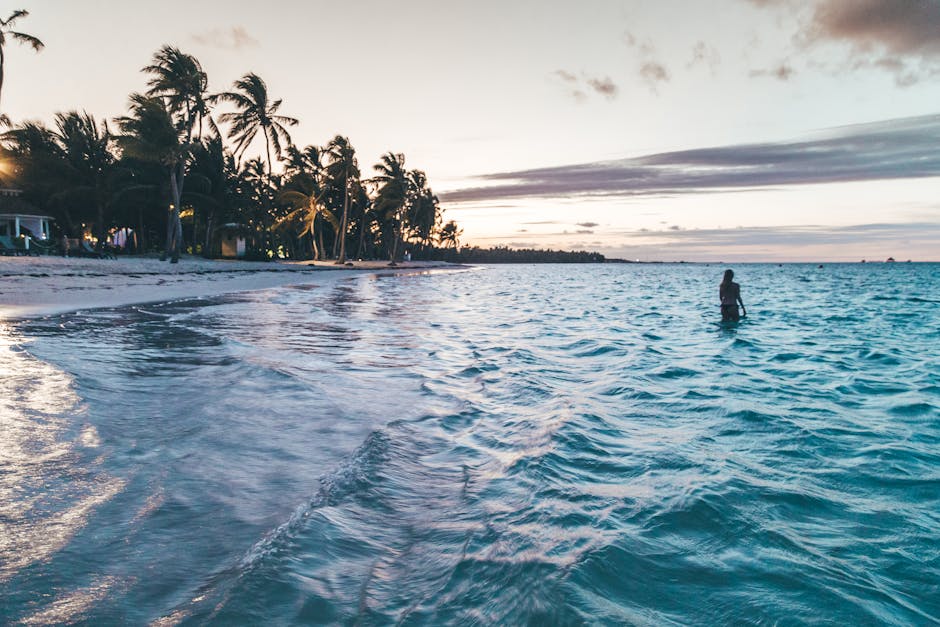Venezuela
Overview
Venezuela, located on the northern coast of South America, is a country blessed with a rich cultural heritage and unparalleled natural beauty. It's a country known for its diversity in landscapes, ranging from the stunning Andes Mountains to the beautiful Caribbean coastline, from the wildlife-rich Los Llanos plains to the mysterious Amazonian jungles. The Venezuelan culture is a melting pot of influences from its indigenous people, Spanish colonists, African slaves, and immigrants from Europe and the Middle East. This has resulted in a unique blend of traditions, music, food, and languages that make Venezuela unlike any other place in the world.
The high season for tourism in Venezuela is typically during the dry season, which runs from December to April. During this period, the weather is more predictable, making it the perfect time to explore the country's many outdoor attractions. You can hike up Mount Roraima, the highest of the Pakaraima chain of tepui plateaus, or visit the incredible Angel Falls, the world's highest uninterrupted waterfall. The country also offers opportunities for snorkeling and diving in the Los Roques archipelago, bird watching in Henri Pittier National Park, and wildlife spotting in the Orinoco Delta. Venezuelan cities like Caracas and Maracaibo also host a variety of cultural festivals during this season, offering travelers a glimpse into the country's vibrant traditions.
Before traveling to Venezuela, it's important to prepare thoroughly. Make sure your passport is valid for at least six months beyond your planned date of departure. While visas are not required for tourist stays of up to 90 days, proof of accommodation and onward travel may be requested. It's highly recommended to have travel insurance that covers medical expenses. Ensure all your routine vaccines are up-to-date, and consider vaccines for diseases like typhoid and yellow fever depending on your planned activities. Due to economic instability, it's wise to have a clear understanding of the current situation in the country. Carry enough cash, as credit cards may not be widely accepted. Lastly, learning basic Spanish phrases could be very helpful as English is not widely spoken.
A Glimpse into the Past
Venezuela's history is a vibrant tapestry woven with threads of indigenous culture, colonial conquest, revolutionary fervor, and contemporary challenges. For travelers, understanding this history enhances the experience of exploring stunning landscapes, vibrant cities, and rich traditions.
Pre-Columbian Era
Before the arrival of Europeans, Venezuela was home to numerous indigenous groups, including the Caribs, Arawaks, and Timoto-Cuicas. These communities thrived in diverse environments, from the Andes mountains to the Orinoco River basin. They developed complex societies with rich cultural practices, pottery, and trade networks. Travelers can visit the Los Roques Archipelago, where remnants of these early cultures can still be found, alongside breathtaking beaches and coral reefs.
Colonial Period
In the early 16th century, Spanish explorers, led by Diego de Losada, arrived in search of gold and resources. The region became part of the Spanish Empire, and Caracas was founded in 1567. The colonial period was marked by the exploitation of indigenous peoples and the introduction of African slaves to work in sugar and cacao plantations. The Carabobo Battlefields, near Valencia, are significant historical sites where travelers can learn about the conflicts that arose during this time, including resistance efforts by indigenous groups.
Independence Movement
Inspired by revolutionary movements in North America and France, Venezuela began its struggle for independence in the early 19th century. Key figures like Simón Bolívar, known as "El Libertador," played a pivotal role in the fight against Spanish colonial rule. Bolívar's vision extended beyond Venezuela, influencing the liberation of several South American countries. The Bolívar Museum in Caracas houses artifacts from his life and the independence movement, offering insight into this transformative period.
Venezuela declared independence in 1811, but it wasn't until the decisive Battle of Carabobo in 1821 that the Spanish were defeated. The country then became part of Gran Colombia, a short-lived republic that included Colombia, Ecuador, and Panama. However, internal conflicts led to its separation in 1830, establishing Venezuela as an independent nation.
19th Century Turmoil
The 19th century was marked by political instability, with numerous caudillos (military leaders) vying for power. The struggle between liberals and conservatives defined much of this era, leading to civil wars and shifting alliances. The War of Federalization (1859-1863) exemplified these conflicts, reshaping the nation's political landscape.
Travelers can explore the historic city of Maracaibo, which played a significant role in the oil boom and has a rich architectural heritage reflecting this tumultuous period.
Oil Boom and Modernization
By the early 20th century, Venezuela's vast oil reserves transformed its economy and society. The discovery of oil in the Lago de Maracaibo region in the late 19th century set the stage for rapid industrialization and urbanization. The influx of wealth led to significant infrastructural developments, including roads, schools, and hospitals. This period also saw the rise of Juan Vicente Gómez, a dictator who ruled from 1908 to 1935, establishing a legacy of authoritarianism.
The growth of the oil industry attracted foreign investment and brought international attention to Venezuela. However, this dependence on oil created socioeconomic disparities and political challenges. The Oil Museum in Maracaibo provides insights into this era and its lasting impact on the nation.
Democracy and Political Turmoil
Following Gómez's death, Venezuela experienced a brief period of democratic governance, culminating in the election of Rómulo Betancourt in 1945. His administration focused on social reforms, but political instability persisted, leading to military coups and authoritarian regimes. The assassination of prominent political figures and social unrest characterized this tumultuous period.
The return to democracy in the late 20th century brought hope for stability and progress, but the country faced economic challenges and widespread corruption. The Plaza Venezuela in Caracas is a symbolic location where many protests and political movements have taken place, reflecting the ongoing struggle for democracy.
Hugo Chávez and the Bolivarian Revolution
In 1998, Hugo Chávez, a former military officer, was elected president, promising to address social inequalities through his "Bolivarian Revolution." Chávez nationalized key industries, including oil, and implemented social programs aimed at poverty reduction. His presidency polarized the nation, with supporters praising his reforms while critics condemned his authoritarian tendencies.
The Chávez Museum in Caracas showcases his life and policies, providing a glimpse into the fervor that surrounded his presidency. The country’s rich cultural heritage is also reflected in its vibrant art scene, which flourished during this period.
Contemporary Challenges
After Chávez's death in 2013, Nicolás Maduro succeeded him, continuing his policies but facing growing opposition and economic turmoil. Venezuela has been grappling with hyperinflation, food shortages, and a mass exodus of its citizens, with millions fleeing to neighboring countries. The political landscape remains contentious, with ongoing protests and calls for democratic reforms.
Travelers interested in contemporary Venezuela can visit the Simón Bolívar International Airport and explore various cities, but they should remain informed about the current situation. The beauty of Venezuela's natural landscapes, such as the Angel Falls, the world's highest waterfall, and the unique wildlife of Los Llanos, provides a stark contrast to the socio-political challenges faced by the country.
Cultural Heritage
Venezuela's cultural richness is evident in its music, dance, and festivals. The Joropo, a traditional folk music genre, showcases the country's African, indigenous, and Spanish influences. Travelers can experience vibrant celebrations like the Feria de la Chinita in Maracaibo, which honors the Virgin of Chiquinquirá with music, dance, and religious processions.
The culinary scene is also a reflection of Venezuela's diverse heritage, with dishes like arepas and pabellón criollo offering a taste of its rich flavors. Visiting local markets and street food stalls allows travelers to immerse themselves in the culinary traditions that have been shaped by centuries of history.
In conclusion, Venezuela's history is a compelling narrative of resilience, transformation, and cultural richness. From its pre-Columbian roots to modern struggles, the nation offers travelers a unique lens through which to explore its landscapes and people, making any journey a profound experience.
Top cities for tourists in Venezuela
Discover the Famous Cities That Might Captivate Your Interests
Must-Try Foods You Can't Afford to Miss
Indulge in a Variety of Fantastic Foods During Your Stay in Venezuela
May Be Your Next Destinations
People often choose these countries as their next destination


